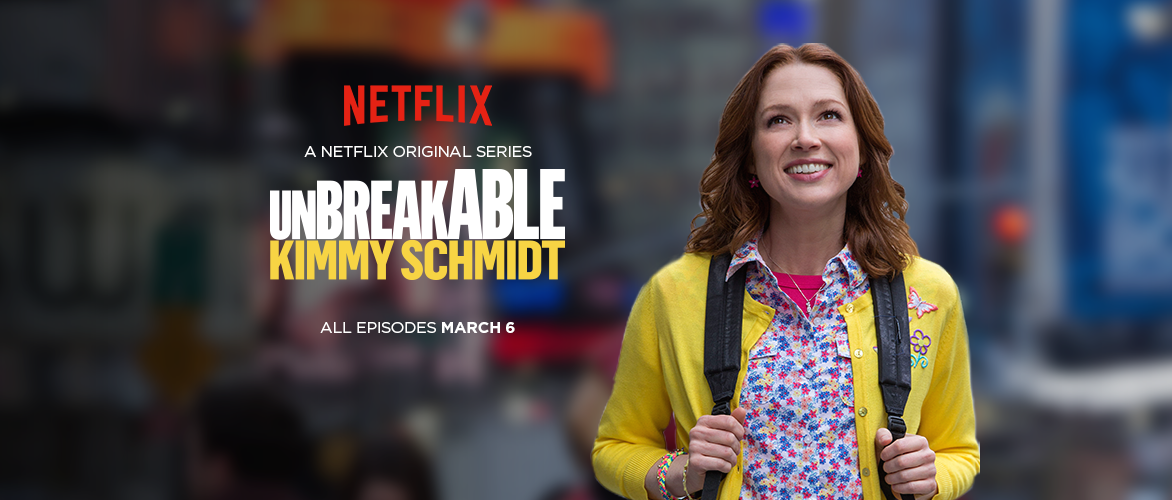“I’ve always preferred a generic approach to film criticism; I ask myself how good a movie is of its type. “The Exorcist” is one of the best movies of its type ever made”. Roger Ebert, December 26th 1973
In 1973, The Exorcist debuted to almost unbelievable acclaim. Not only was it the recipient of the Academy Awards for Adapted Screenplay & Sound Design, but it premiered with the ninth highest adjusted lifetime gross takings – twelve million more viewers than the much more accessible The Empire Strikes Back seven years later. It also landed the moniker “scariest movie ever” due to audiences experiencing nausea or fainting, while some went as far as to claim that this film was responsible for their miscarriage or ongoing psychosis. In a time when horror wasn’t new (we’d had Rosemary’s Baby, Psycho, Nosferatu and many more – including 1920’s The Cabinet of Dr Caligari) – what was different about The Exorcist?
The difference was that William Friedkin was Friedkin nasty.
Let me just date this review real quick by saying that today’s current Twitter storm is about Christopher Nolan and chairs, but Nolan has nothing on Friedkin. During filming he required the cast to work in freezers to produce practical effects, regularly shot guns on set to elevate tension and irreparably damaged Linda Blair’s back by overexertion during the seizure scenes. Adding to the film’s shock factor and critical acclaim, The Exorcist nailed the notoriety trifecta when lawsuits became involved – stunt doubles claiming credit for scenes that Friedkin wanted Linda Blair to claim responsibility for in the name of believability.
However, Friedkin only played accomplice to the real storymaker, William Blatty – the man responsible for demanding the crucifix scene come to fruition in filmmaking. While I’m not going to go into details about this scene or how it makes me feel, suffice it to say that many alternate universes exist without this scene ever being created and I am certain they are a much happier place.
The first major blockbuster in horror movie history, this film has exerted a powerful influence on the development of the genre. The film stole US newspaper headlines away from the ongoing Watergate scandal, and as one critic wrote, “established… disgust as mass entertainment for a large audience”.
Despite the brutal atmosphere and behind the scenes drama, there is one thing this film does correctly and that is the portrayal of a mother concerned for her daughter. While the film’s opening makes it obvious that magical and mythical beings are at play here, much of this film can be seen as a medical mystery, underlining the the concern for both characters, it really is in part a story about the pain and hopelessness that parents feel when their children are sick and they cannot help.
Whether that makes the payoff justified or not, there’s no denying that Friedkin has achieved his vision, and disconcerted audiences everywhere. To this day I can think of a single movie more unsettling than The Exorcist, and art is pain – however little I would like to imagine the part that manipulation and extortion of a young child played in creating this art.



 And it’s Fey/Carlock exactly as we know and love. From a theme song created by Songify the News‘ Gregory Brothers, a tribute to songified viral videos, to challenging the media on their manipulation of “victims” for ratings and press, S01E01 Kimmy Goes Outside! sets Kimmy up as a hard-hitting reference-comedy piece exactly as we would expect from the alumni of Saturday Night Live and 30 Rock.
And it’s Fey/Carlock exactly as we know and love. From a theme song created by Songify the News‘ Gregory Brothers, a tribute to songified viral videos, to challenging the media on their manipulation of “victims” for ratings and press, S01E01 Kimmy Goes Outside! sets Kimmy up as a hard-hitting reference-comedy piece exactly as we would expect from the alumni of Saturday Night Live and 30 Rock.